How to Make Fuel Cells Using Slot-Die Coating: Everything You Need to Know
Fuel cells are complex electrochemical devices that demand precision at every stage of manufacturing, especially when it comes to applying the functional layers that define their efficiency, durability, and cost. Whether you’re developing membrane electrode assemblies (MEAs), experimenting with new catalyst inks, or scaling up your production line, the way you deposit these layers can make or break your results.
This is where slot-die coating comes in.
Unlike traditional methods like spray or dip coating, slot-die coating gives you engineered control over film thickness, material usage, and layer uniformity, all of which are crucial for consistent fuel cell performance. It’s particularly appealing if you're:
Struggling with reproducibility in lab-scale fabrication,
Wasting expensive catalyst materials during deposition,
Trying to bridge the gap between R&D and scalable production,
Or aiming to standardize a reliable process for industrial roll-to-roll manufacturing.
In this guide, we’ll explore the fundamentals of slot-die coating with a focus on fuel cell applications, from choosing the right materials and coating parameters to troubleshooting common issues and preparing for scale-up. Whether you’re just beginning or refining an existing process, this overview will help you unlock the full potential of slot-die coating in your fuel cell work.
What is Slot-Die Coating?
Slot-die coating is an advanced, pre-metered deposition technique used to apply thin, uniform layers of liquid material onto a moving substrate. At the core of the process is the slot-die head, a precision-engineered component with a narrow slit (or “slot”) through which the coating solution is dispensed. The solution is typically delivered via a pump or syringe at a controlled rate, and as the substrate moves beneath the die, the material is deposited as a continuous, even film.
What sets slot-die coating apart is its fine control over both the volume and distribution of material. By adjusting parameters such as coating gap, flow rate, web speed, and fluid properties, you can precisely tailor the wet film thickness, which directly influences the dry layer thickness after drying or curing. This makes it ideal for applications requiring high reproducibility, sharp edges, and minimal material loss.
In fuel cell manufacturing, this level of precision is essential. Slot-die coating is commonly used to apply several functional layers, including:
Catalyst layers on both the anode and cathode sides,
Electrolyte membranes, particularly in solid oxide and proton exchange membrane fuel cells (PEMFCs),
Gas diffusion layers (GDLs) and microporous layers (MPLs), which regulate reactant flow and water management.
Each of these layers must meet strict criteria in terms of thickness, porosity, adhesion, and uniformity to ensure optimal electrochemical performance, longevity, and fuel efficiency.
Moreover, slot-die coating is inherently scalable, from lab-scale proof-of-concept devices to pilot lines and full industrial roll-to-roll systems, making it a strategic choice for both R&D and mass production environments. The ability to fine-tune layer properties while minimizing waste of expensive materials (like platinum-based catalysts) makes it an increasingly popular method in the fuel cell industry.
Slot-Die Coating vs. Other Coating Methods
While slot-die coating is highly efficient for thin, uniform layers, there are other coating methods used within fuel cells, such as spray coating, dip coating, and spin coating. Slot-die coating stands out because it offers:
High Precision: The ability to precisely control the thickness and uniformity of the coating.
Low Material Waste: Since the material is applied directly to the substrate, there’s minimal overspray or waste.
Scalability: Slot-die coating can be used for both small-scale laboratory experiments and large-scale industrial production.
Streamline your fuel cell research with the SDC Fuel Cell Coater Pro, making development and optimization effortless. It helps researchers turn innovative ideas into market-ready solutions.
Tailored for lab-scale research and development, the LR2RC750 Fuel Cell Coater enables the efficient lab scale application of slot-die coating fuel cell using roll-to-roll (R2R) processing.
Types of Coating Systems: Sheet vs. Roll-to-Roll
When it comes to slot-die coating, one can either use sheet-based and roll-to-roll-based systems, depending on needs:
Sheet-Based Systems:
Typically used for small-scale, experimental, or prototype work.
Involves flat, rigid substrates or short pieces of flexible substrate.
Ideal for researchers working on specific fuel cell layers where small quantities are required.
Roll-to-Roll (R2R) Systems:
Designed for continuous production.
Coating occurs as a continuous process, with the substrate being rolled through the system.
More efficient for large-scale production of fuel cells where many layers need to be deposited in a continuous manner.
Allows for the processing of flexible substrates, which is common in fuel cell designs.
Materials for Fuel Cells
Fuel cells consist of several layers, and each layer requires different materials with specific properties. The most commonly materials include:
Electrolytes: The electrolyte in a fuel cell facilitates the ion exchange between the anode and cathode. For proton exchange membrane fuel cells (PEMFC), Nafion or similar polymer-based electrolytes are often used.
Catalysts: Platinum or platinum alloys are used as catalysts for the anode and cathode reactions. These materials are often coated on the gas diffusion layers (GDLs) using slot-die coating.
Gas Diffusion Layers (GDLs): Typically made from carbon-based materials, GDLs allow for effective gas transport and prevent flooding. Carbon nanotubes, graphene, or carbon paper are often used for these layers.
Barrier Layers: These are used to improve the performance of the fuel cell by preventing undesirable reactions and facilitating better ion exchange.
What are the advantages of a roll-to-roll slot-die coater? Explore our in-depth guide to learn more.
Key Parameters in Slot-Die Coating
Several critical parameters must be carefully controlled to achieve the desired film quality during the slot-die coating process:
Coating Speed:
The speed at which the substrate moves through the slot-die system or the speed at which the slot-die head moves over the substrate affects the film thickness. Slower speeds result in thicker coatings, while faster speeds produce thinner layers.
Ink Flow:
The ink flow rate determines how much coating material that is delivered to the slot-die head and from there onto the substrate. The coating thickness is directly proportional to the volumetric flow rate of ink supplied through the slot-die head. Increasing the flow rate results in a thicker wet film, while decreasing it produces a thinner coating.
Gap Size:
The gap between the slot-die head and the substrate affects the formation and stability of the liquid meniscus at the die exit. Too large a gap might cause the meniscus to become unstable or break, leading to coating defects. An optimized, smaller gap supports a stable meniscus, ensuring consistent flow onto the substrate.
Material Viscosity:
Viscosity is crucial for determining the flow characteristics of the coating material. Materials that are too thick may not spread evenly, while materials that are too thin may run or drip.
Drying and Curing:
After the coating is applied, it must be dried and cured to form a solid, stable layer. For fuel cells, this is especially important because improper curing can lead to weak adhesion or poor conductivity in the fuel cell components.
Wet vs. Dry Coating for Fuel Cells
Wet coating involves applying a liquid solution or slurry onto the substrate, which is then dried and cured. This method is commonly used in slot-die coating for fuel cells, as it provides precise control over layer thickness and material properties.
Dry coating, on the other hand, involves applying dry powders or films. It’s less commonly used for fuel cells but can be applied in certain cases, such as in the application of certain catalysts.
In general, wet coating is preferred for fuel cell production because it allows for better integration of materials and more flexibility in choosing substrates and layer properties.
Troubleshooting Slot-Die Coating in Fuel Cells
As a researcher, you will inevitably encounter some challenges when slot-die coating for fuel cells. Here are a few common issues and troubleshooting tips:
Uneven Film Thickness: This can result from inconsistent coating speed, improper slot-die pressure, or an incorrect gap size. Adjusting these parameters can help achieve a more uniform layer.
Coating Defects: Air bubbles or streaking can occur if the viscosity is too high, or if there is an issue with the material flow. Ensure that your material is mixed thoroughly and that the slot-die head is properly cleaned.
Substrate Adhesion Issues: If the coating isn’t adhering well to the substrate, this may indicate the need for better surface preparation (e.g., surface activation through corona treatment) or an adjustment in the coating material’s chemistry.
Cleaning a slot-die head is a critical aspect of maintaining its performance and ensuring the longevity of your equipment. Learn why and how here.
Scaling Up: From Lab-Scale to Industrial Production
One of the biggest challenges when moving from lab-scale experimentation to large-scale production is maintaining consistent quality while increasing output. Here are a few things to keep in mind:
Material Availability: Ensure that the materials you use in your lab-scale experiments are readily available for large-scale production.
Consistency: Achieving the same level of precision at a larger scale is difficult. Therefore, it’s essential to optimize coating parameters like speed, pressure, and material consistency early on.
Equipment Calibration: Make sure your slot-die coating system is calibrated correctly to maintain uniformity as you scale up production.
Looking to the Future: Innovations in Slot-Die Coating for Fuel Cells
The future of slot-die coating in fuel cells looks promising, with new advancements on the horizon. Some of the key trends include:
Emerging Coating Materials: Researchers are exploring new materials that are more cost-effective and environmentally friendly for use in fuel cells, such as nanostructured catalysts or organic polymer electrolytes.
Improved Equipment: Newer, more precise slot-die coating machines are being developed to handle a wider range of materials and improve scalability.
Sustainability: As the world shifts toward sustainable energy sources, there is an increasing demand for more eco-friendly coatings and processes. Slot-die coating technology is expected to play a key role in this transition.
Conclusion
Slot-die coating is an invaluable technique in fuel cell production, offering high precision, low material waste, and scalability. While it requires a solid understanding of materials, equipment, and process parameters, it’s a highly adaptable method that is essential for manufacturing the many layers that make up a fuel cell. As you continue your research or move into industrial-scale production, understanding the practical aspects of slot-die coating, from material selection to troubleshooting and scaling up, is crucial for successful fuel cell development. By incorporating these strategies and knowledge, you’ll be well-equipped to overcome challenges and make meaningful advancements in your fuel cell research.
Get Professional Support for Your Fuel Cell Coating Needs
Need help with slot-die coating, coating machines, or any related applications?
Contact infinityPV’s experts today for professional guidance and support.




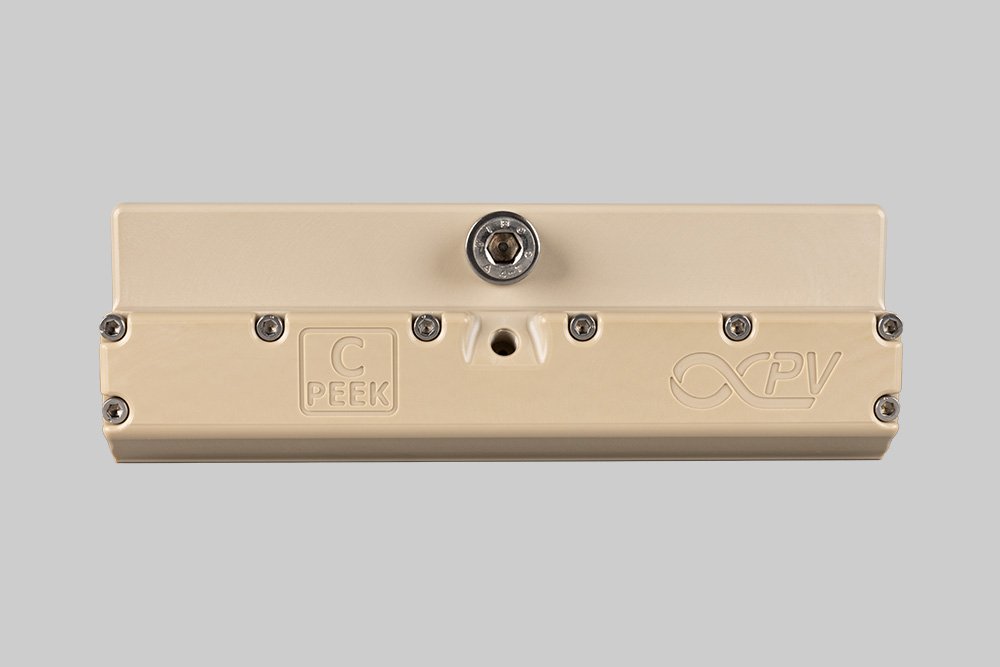
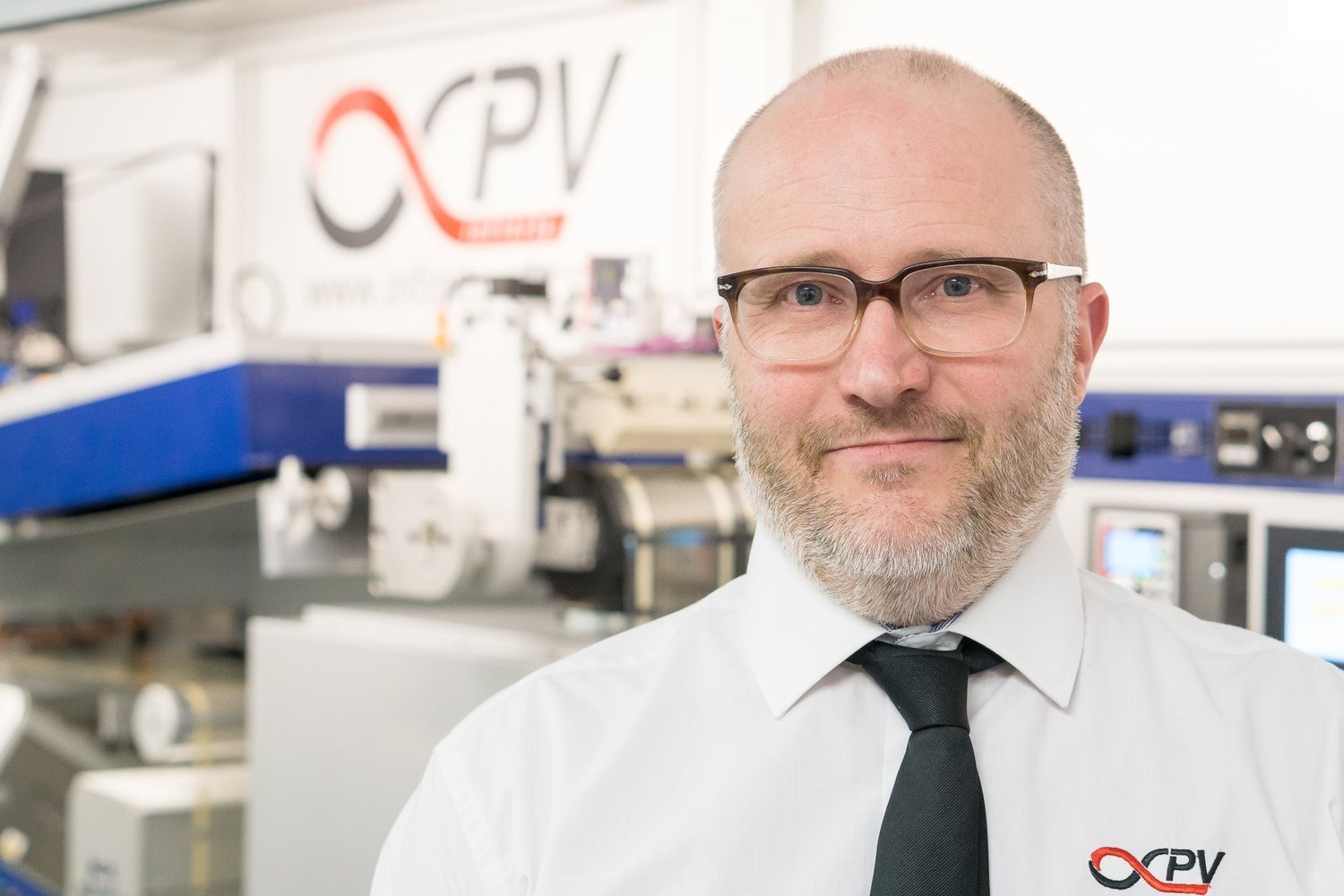

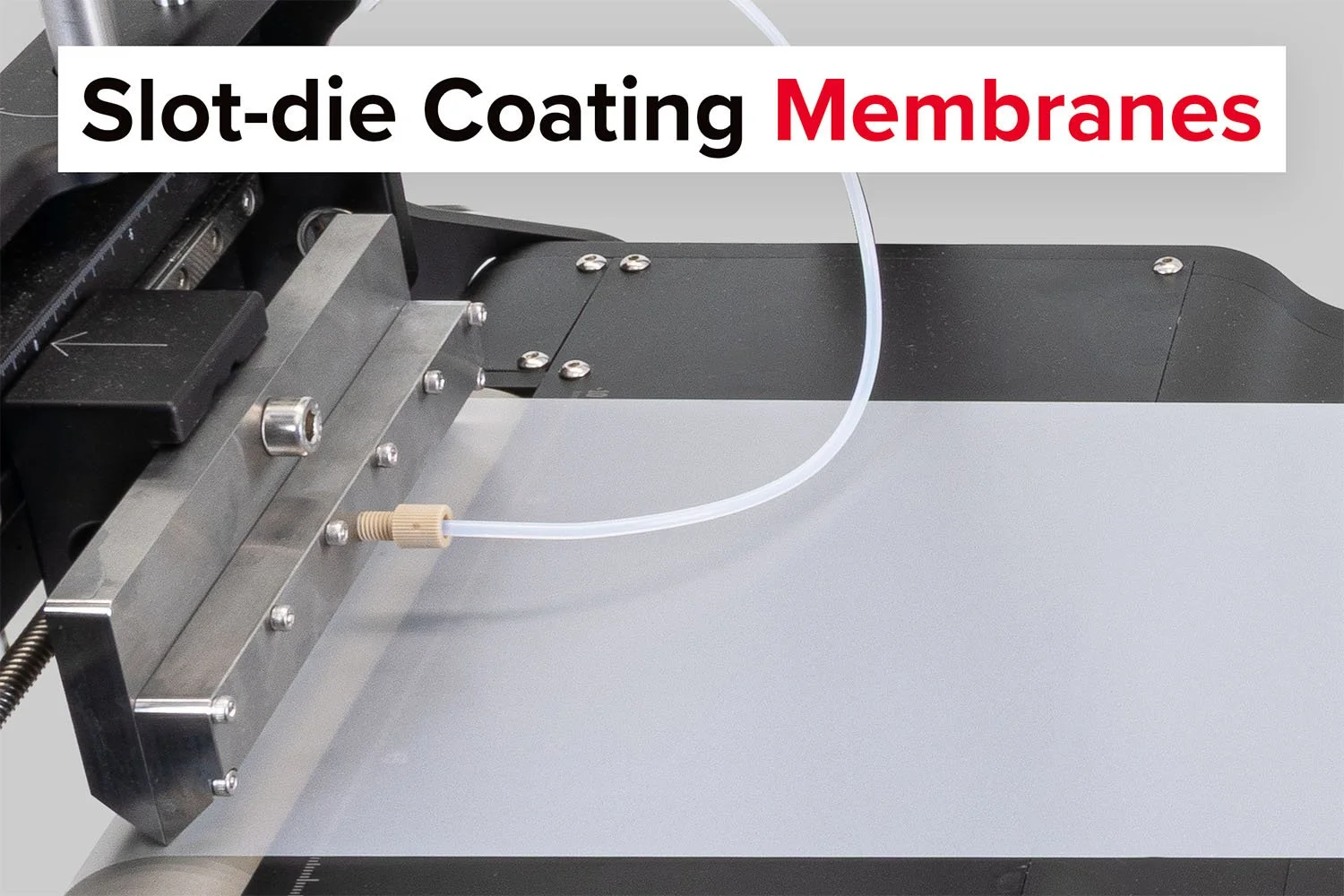


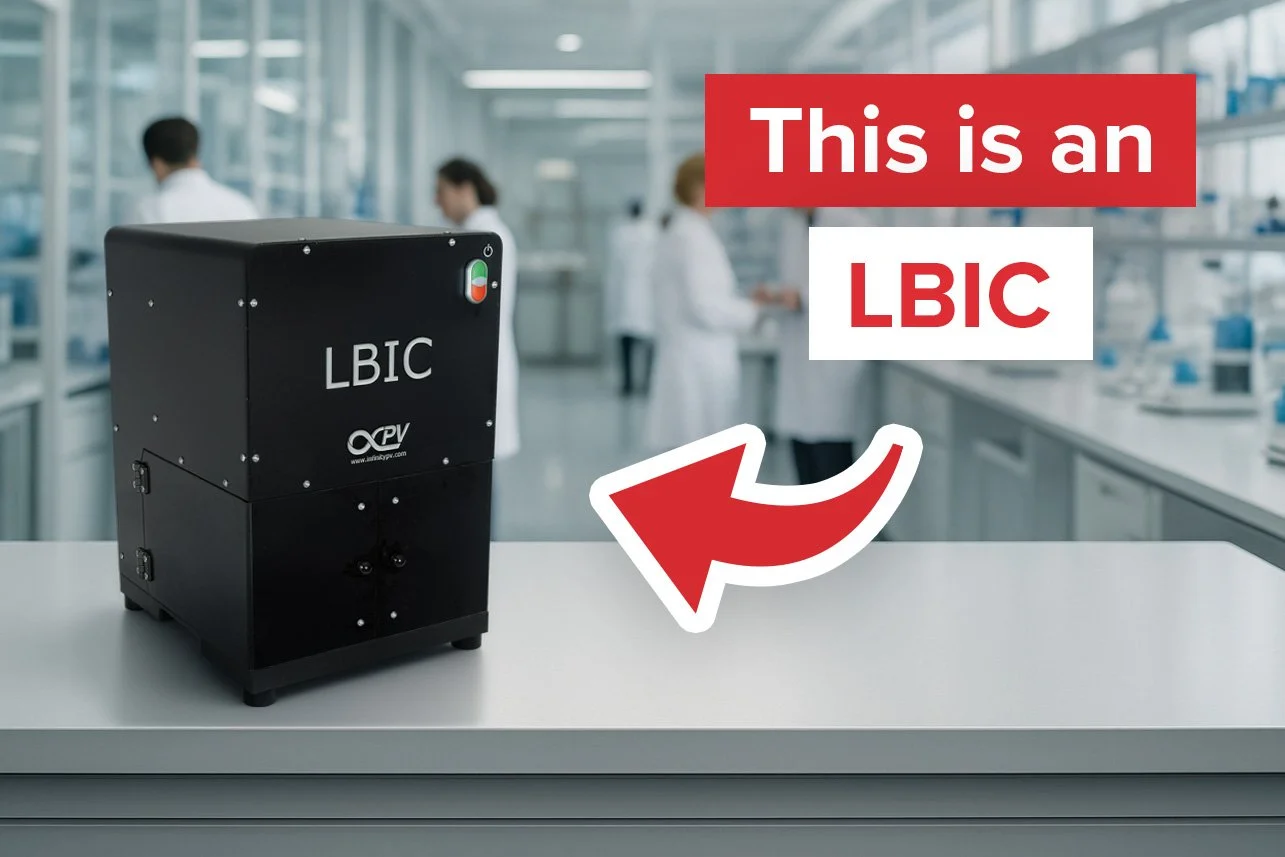
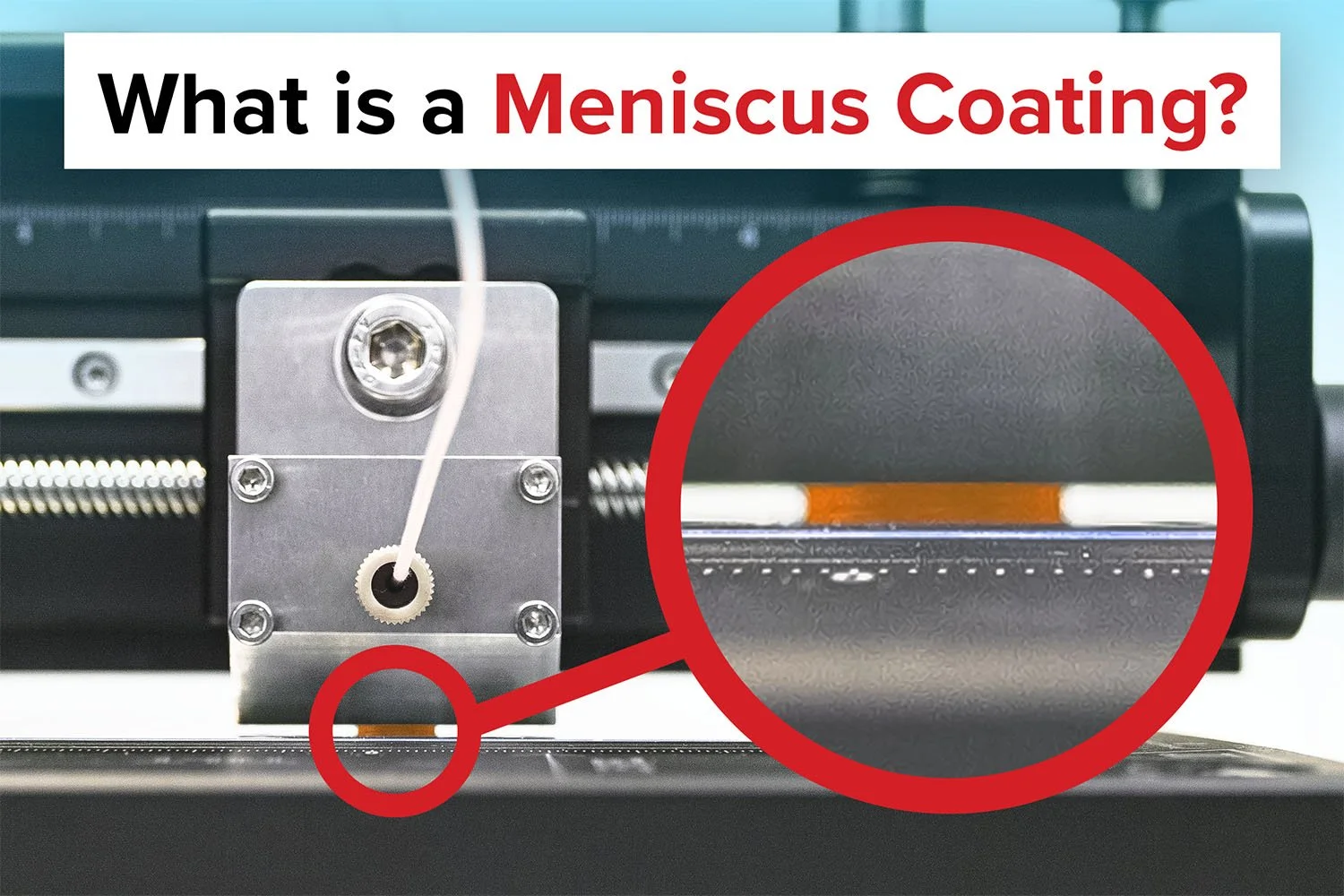
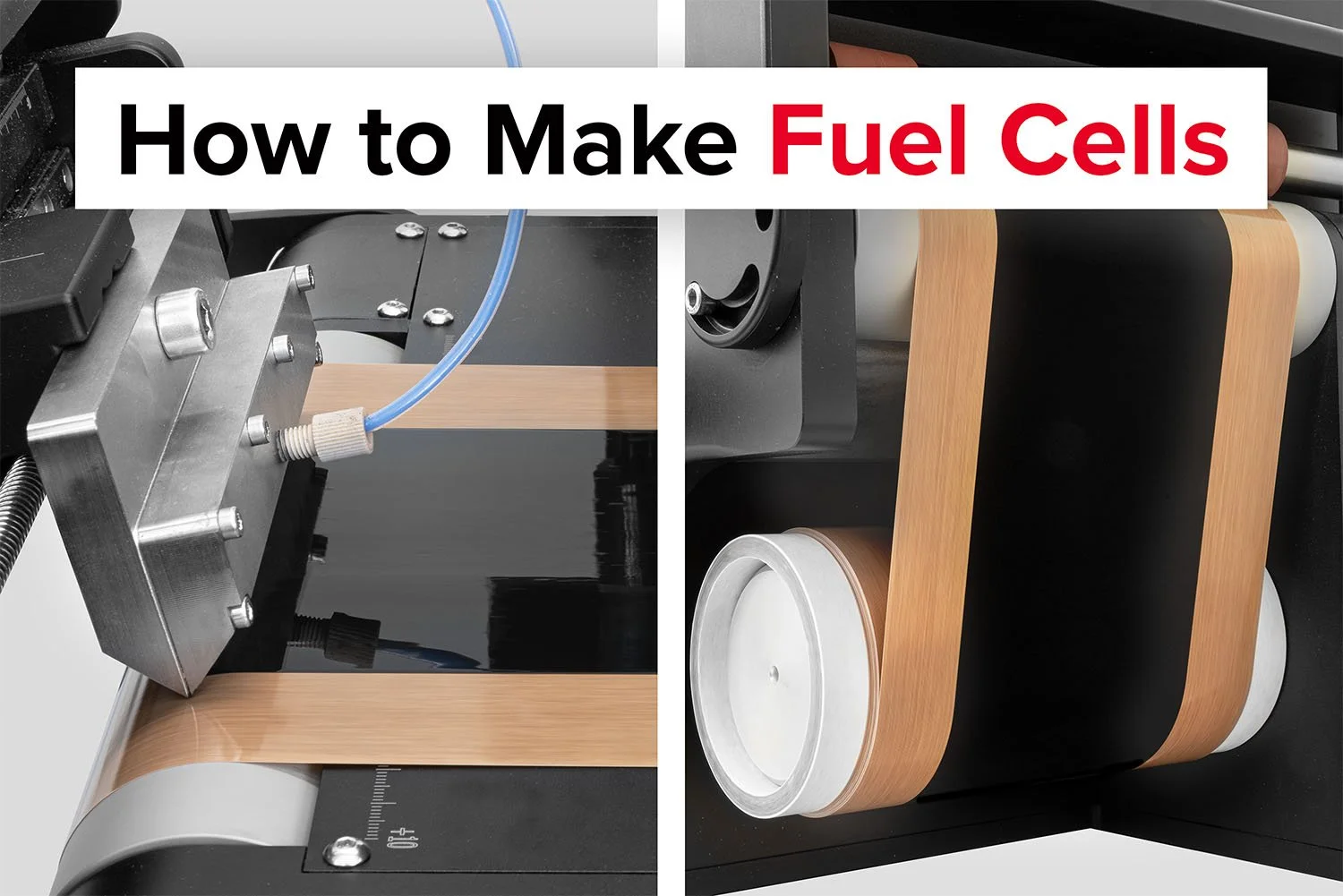
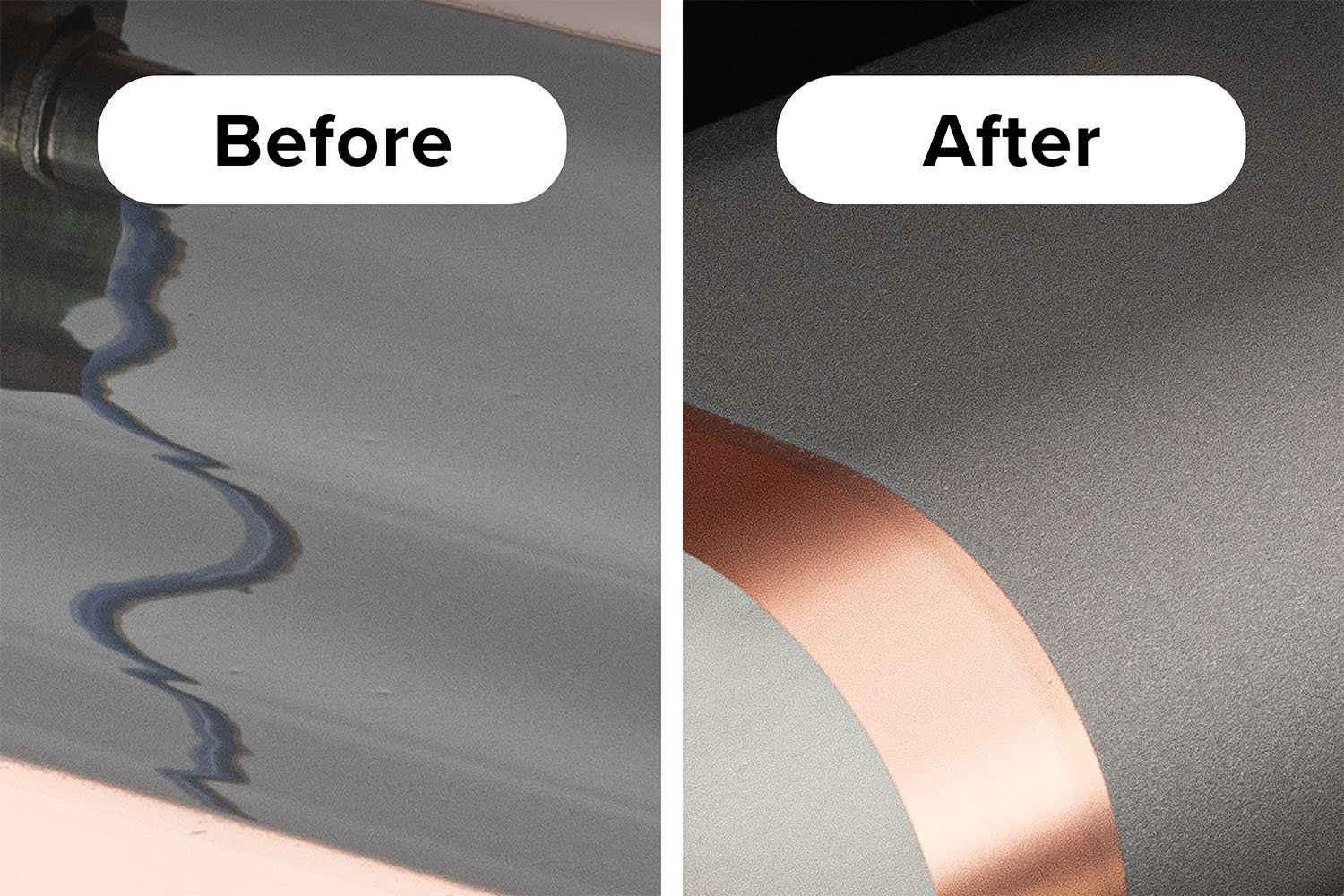

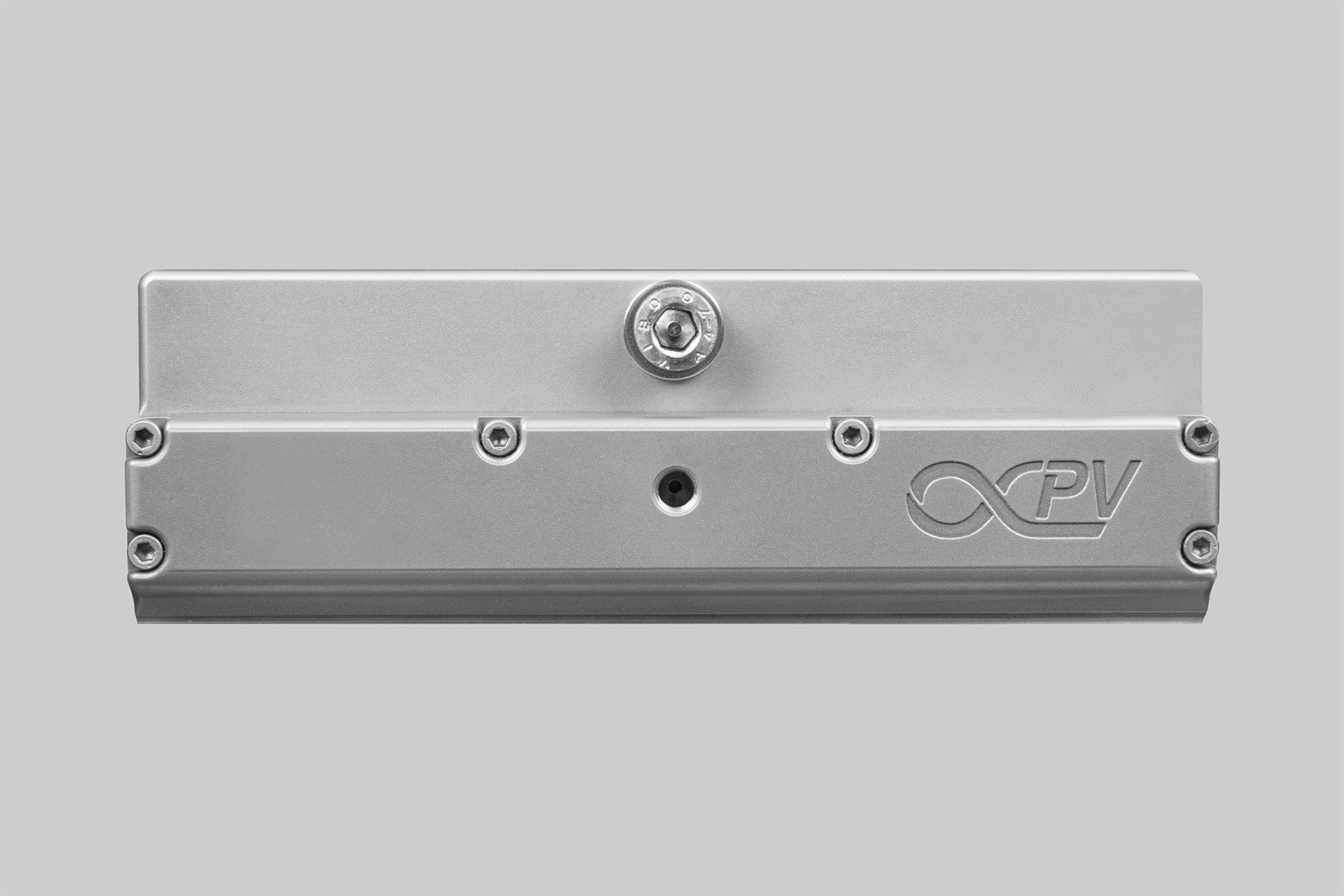

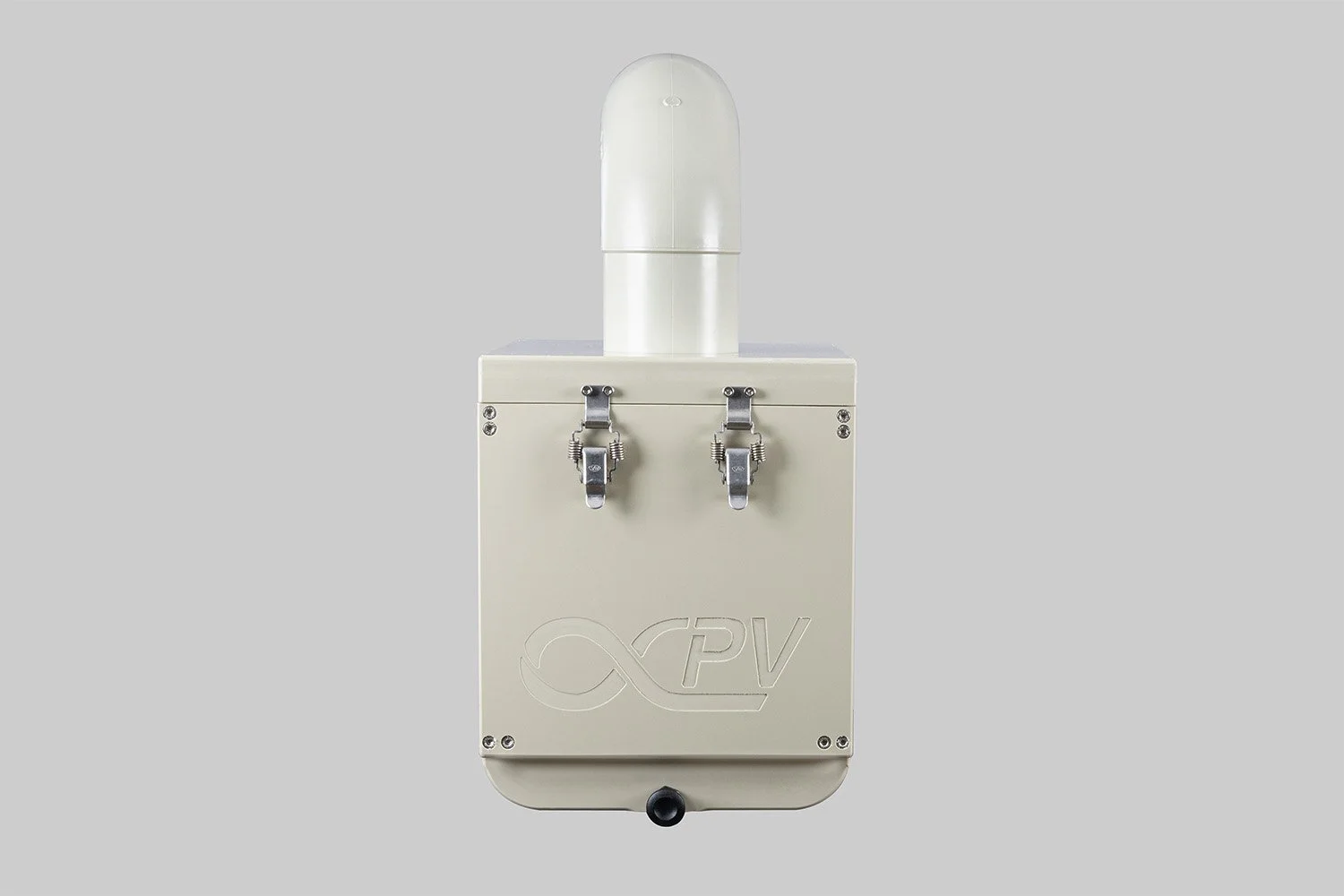


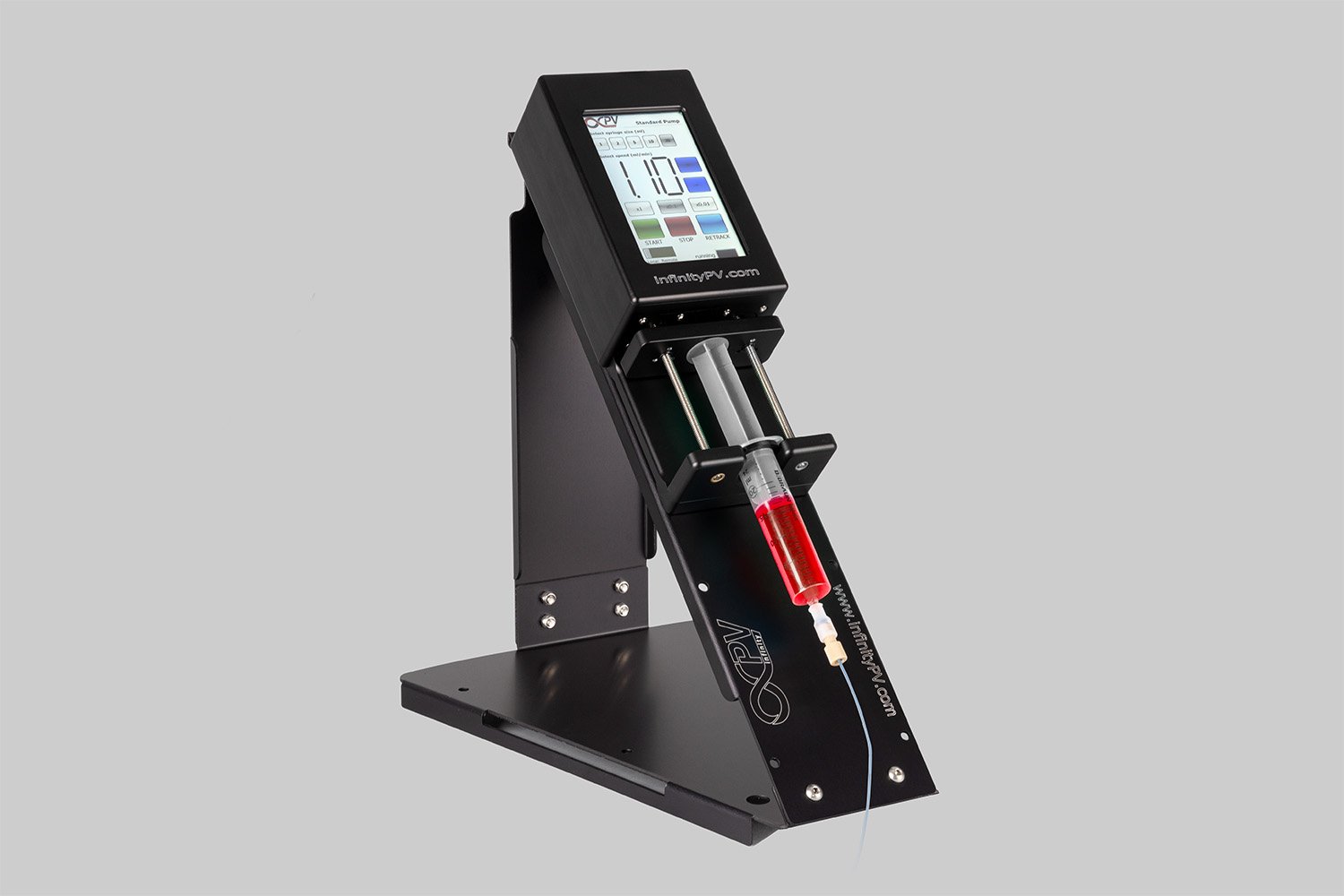
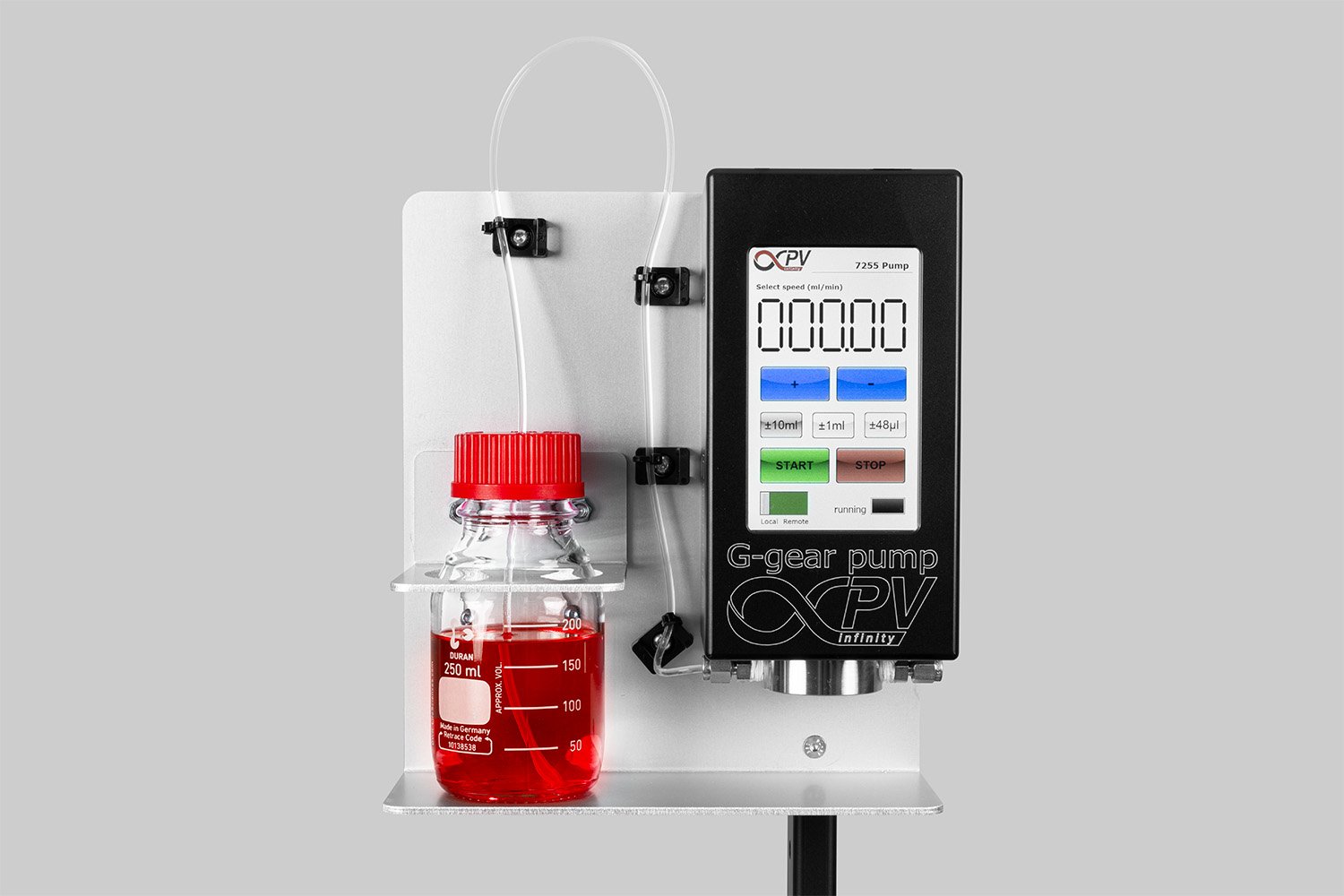


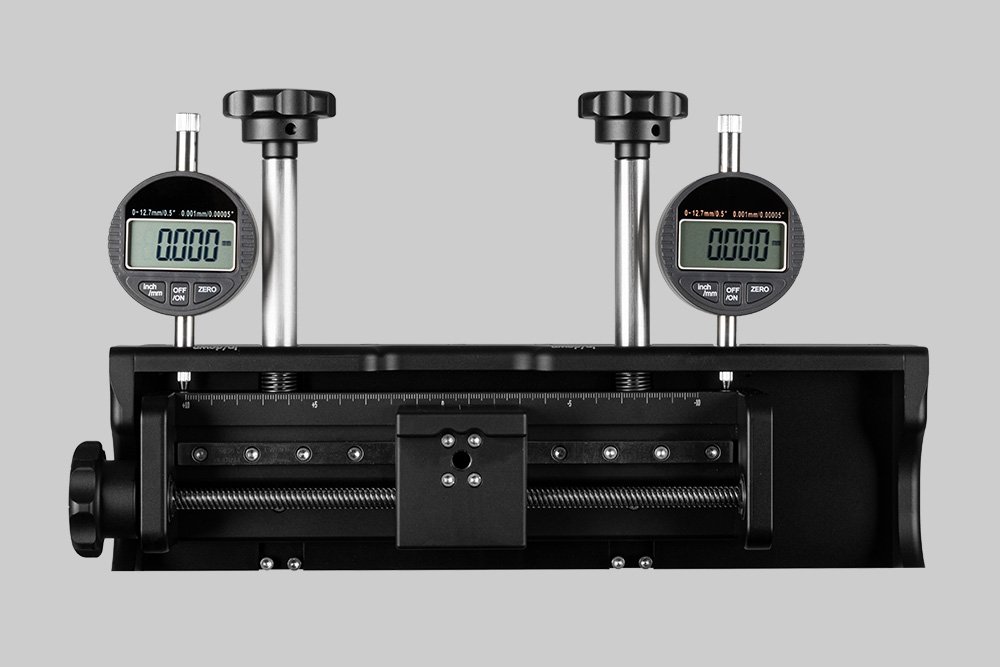
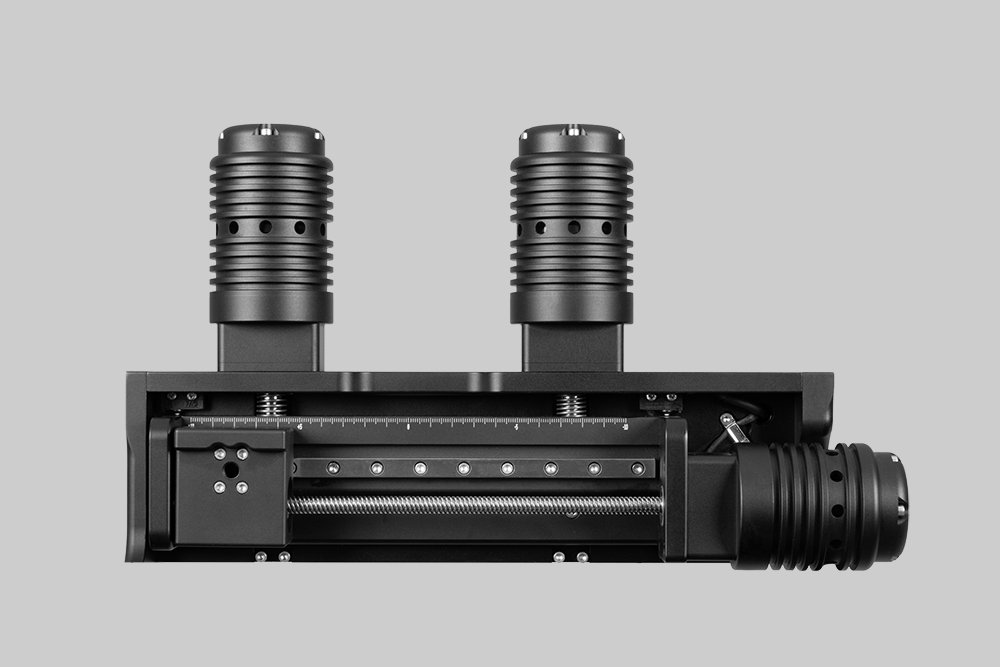

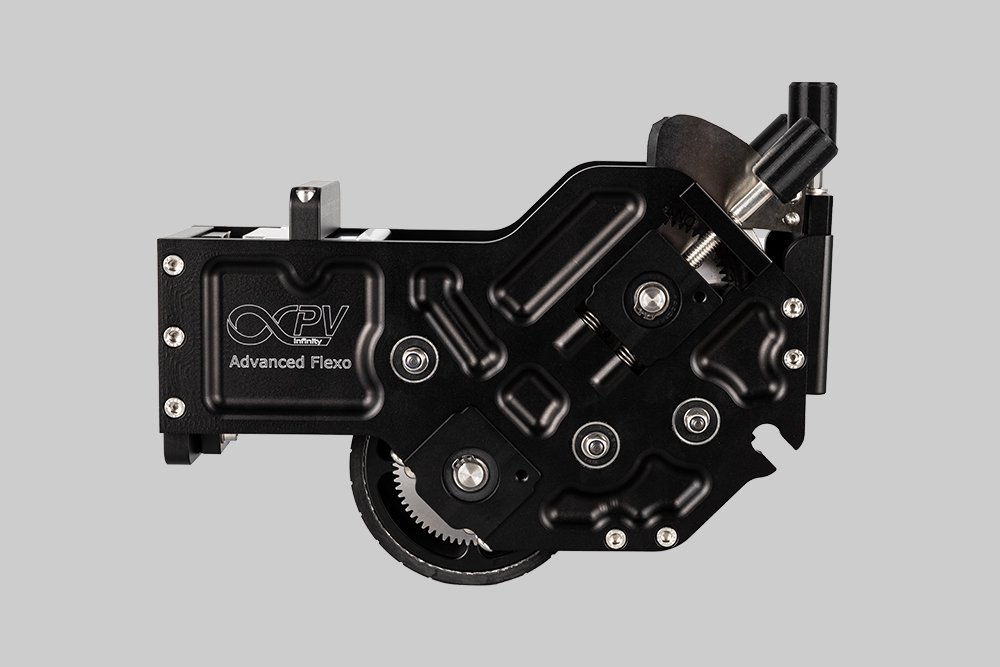




Probably the World’s Most Compact R2R Slot-die Coater: A compact, fully integrated roll-to-roll coating platform for laboratories, complete with a mounting system, anodized rollers, a syringe pump, a 65 mm stainless slot-die head and an infrared oven system—delivering unmatched precision and scalability.